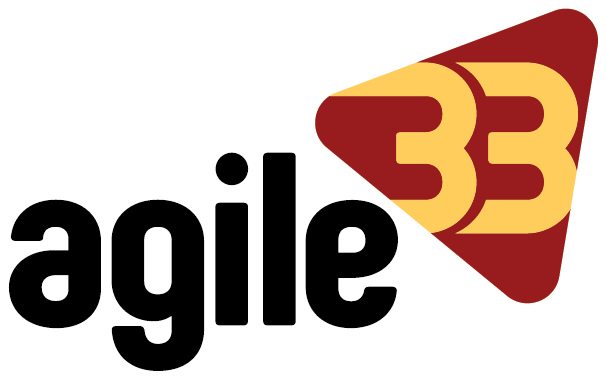
In a business landscape where efficiency and value creation are constantly under pressure, Lean Thinking offers a practical and disciplined approach to continuous improvement. Originating from the manufacturing world—most notably, the Toyota Production System—Lean Thinking has found relevance across industries, from healthcare and finance to software development and service delivery.
But what exactly is Lean Thinking, and why are so many organizations adopting its principles?
Defining Lean Thinking
Lean Thinking is a mindset and methodology focused on maximizing customer value while minimizing waste. Rather than viewing efficiency as simply doing more with less, Lean Thinking emphasizes doing only what adds value—then refining, simplifying, or removing everything else.
At its core, Lean Thinking involves understanding what the customer truly values and ensuring that every step of a process contributes to that outcome.
The Five Core Principles of Lean Thinking
Lean Thinking is guided by five foundational principles that serve as a blueprint for transforming operations and culture:
1. Value
Identify what the customer sees as valuable. This means looking beyond internal goals and aligning efforts with what truly benefits the end user.
2. Value Stream
Map out the entire process or “value stream” to pinpoint every action required to deliver a product or service. This helps distinguish between value-adding and non-value-adding steps.
3. Flow
Ensure that value-adding steps occur in a smooth, uninterrupted sequence. Bottlenecks, delays, and handoffs are addressed to create a streamlined process.
4. Pull
Deliver products and services only when they are needed, based on actual demand rather than forecasts. This approach reduces overproduction and aligns output with customer timing.
5. Perfection
Commit to continuous improvement by routinely evaluating processes and striving for better quality, lower costs, and increased efficiency.
Benefits of Lean Thinking
Organizations that apply Lean Thinking often experience tangible and intangible benefits:
· Improved Efficiency: By eliminating unnecessary steps and streamlining workflows, teams can do more in less time.
· Cost Reduction: Removing waste helps control operational expenses without sacrificing quality.
· Better Quality: Continuous refinement naturally leads to fewer errors and defects.
· Greater Employee Engagement: Lean encourages team participation in problem-solving and process improvement, fostering a culture of ownership and innovation.
· Customer Satisfaction: A clear focus on value translates to better experiences for the end user.
Common Challenges
While the benefits of Lean Thinking are well-documented, implementing it isn’t always straightforward. Here are some challenges organizations may face:
· Cultural Resistance: Shifting mindsets from “this is how we’ve always done it” to continuous improvement requires patience and leadership buy-in.
· Misaligned Metrics: Focusing too much on internal KPIs can distract from customer value.
· Incomplete Implementation: Adopting a few Lean tools without embracing the full methodology often leads to superficial changes.
· Sustaining Momentum: Maintaining long-term commitment to Lean requires ongoing training, support, and reinforcement.
Lean Thinking isn’t just about cutting costs or speeding up production—it’s about creating meaningful value and building smarter, more responsive organizations. By following its principles with intention and discipline, businesses can improve both performance and culture. Whether you’re in operations, technology, healthcare, or services, Lean Thinking offers a proven framework to guide continuous improvement and long-term success.
